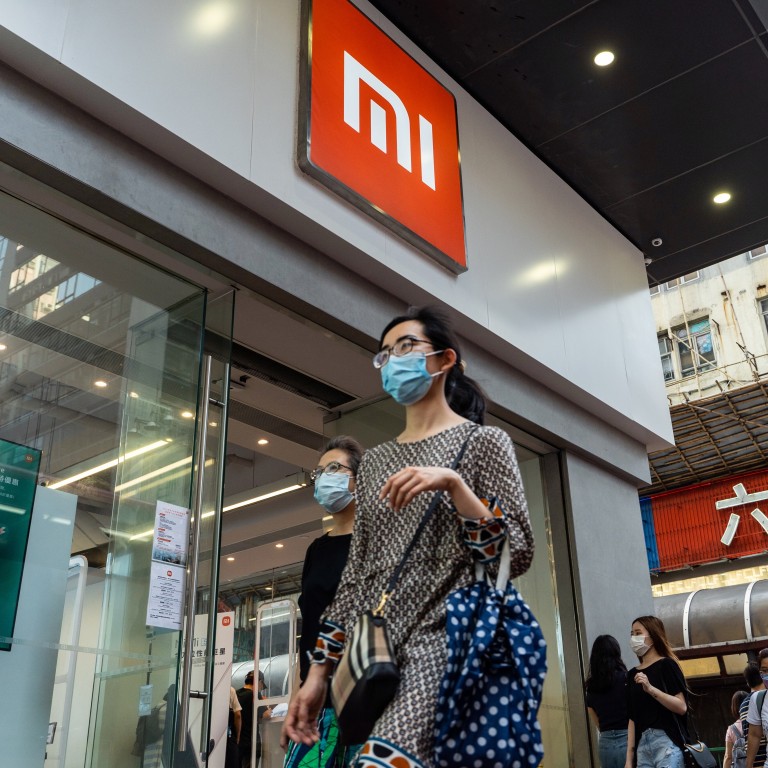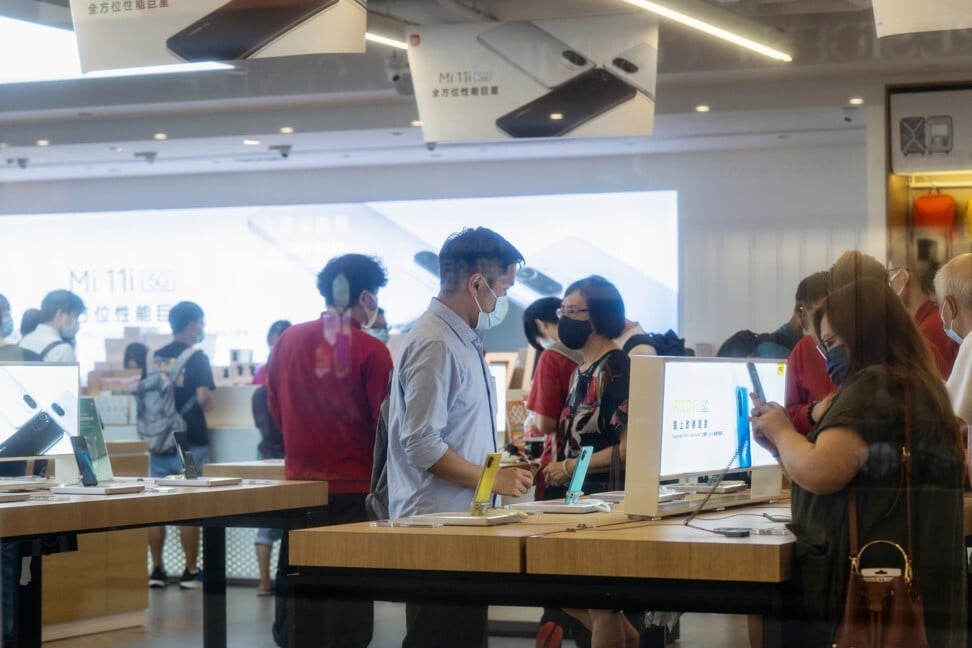
Xiaomi keeps eye on global chip shortage as smartphone giant beats first-quarter earnings estimates
- Smartphone giant Xiaomi’s first-quarter profit beat market estimates to reach US$1.2 billion
- Revenue in the March quarter hit US$12 billion on expanded sales worldwide
Beyond its strong earnings results last quarter, the company reiterated its concerns about the ongoing global chip shortage. “The increase in semiconductor prices is a challenge for all manufacturers,” Xiaomi president Wang Xiang said in a conference call on Wednesday after the market closed.
The Beijing-based company, which was the world’s third-largest smartphone vendor in the first quarter, reported on Wednesday a better-than-expected net profit of 7.8 billion yuan (US$1.2 billion) in the three months ended March 31, up from 2.15 billion yuan in the same period in 2020. That surpassed the consensus market estimate of 5.07 billion yuan from a Bloomberg poll of analysts.
Revenue jumped 54.7 per cent to 76.9 billion yuan, from 49.7 billion yuan a year earlier, on the back of strong domestic and overseas smartphone shipments. That was higher than the market forecast of 74.38 billion yuan.

Xiaomi will keep its target of 200 million smartphones shipped this year, despite increased competition and rising operating costs, according to Wang. “Our performance depends on whether we can execute well in developing our smartphone and IoT [Internet of Things] businesses, covering both high- and low-end products,” Wang said. “In China, we must also do well in our offline business.”
“We are working very hard with our suppliers to optimise our supply situation,” he said in the conference call. “Our inventory level of chipsets is very healthy.”
He said Xiaomi has made preparations, in terms of raw materials, for the second half of this year. “Even with the shortage, we think we can still have a significant increase [in device shipments] compared to 2020,” he said. “We are closely monitoring the market.”
How Xiaomi rose to become China’s No 1 smartphone maker
On March 12, the US District Court for the District of Columbia decided in favour of Xiaomi by ordering a preliminary injunction against the US ban. The same court issued a final order vacating the US defence department’s designation of Xiaomi as a CCMC.
“The company reiterates that it is an open, transparent, publicly traded, independently operated and managed corporation,” Wang said.
Smartphone rivals Xiaomi, Oppo and Vivo leave Huawei in the dust
In mainland China, Xiaomi was ranked by Canalys as the fourth-largest smartphone vendor with a 14.6 per cent market share. That was bolstered by the company’s physical retail store expansion. As of April 30, it had 5,500 retail stores across the mainland, an increase of about 2,300 shops from December 31.

06:56
The rise of Chinese smartphones
Meanwhile, Xiaomi’s revenue from overseas markets surged 50.6 per cent to reach 37.4 billion yuan in the first quarter on the back of smartphone sales. The company said it ranked among the top five smartphone vendors in 62 countries and regions around the world in the same period, citing data from Canalys. The firm ranked No 2 in Europe for the first time and rose to third in terms of market share in South America.
Sales under Xiaomi’s IoT and lifestyle products segment, which includes smart televisions, laptop computers and wearable devices, rose 40.5 per cent to 18.2 billion yuan in the March quarter.
The company’s internet services segment, which includes its MIUI software and gaming, grew 11.4 per cent to 6.6 billion yuan in the same period.


